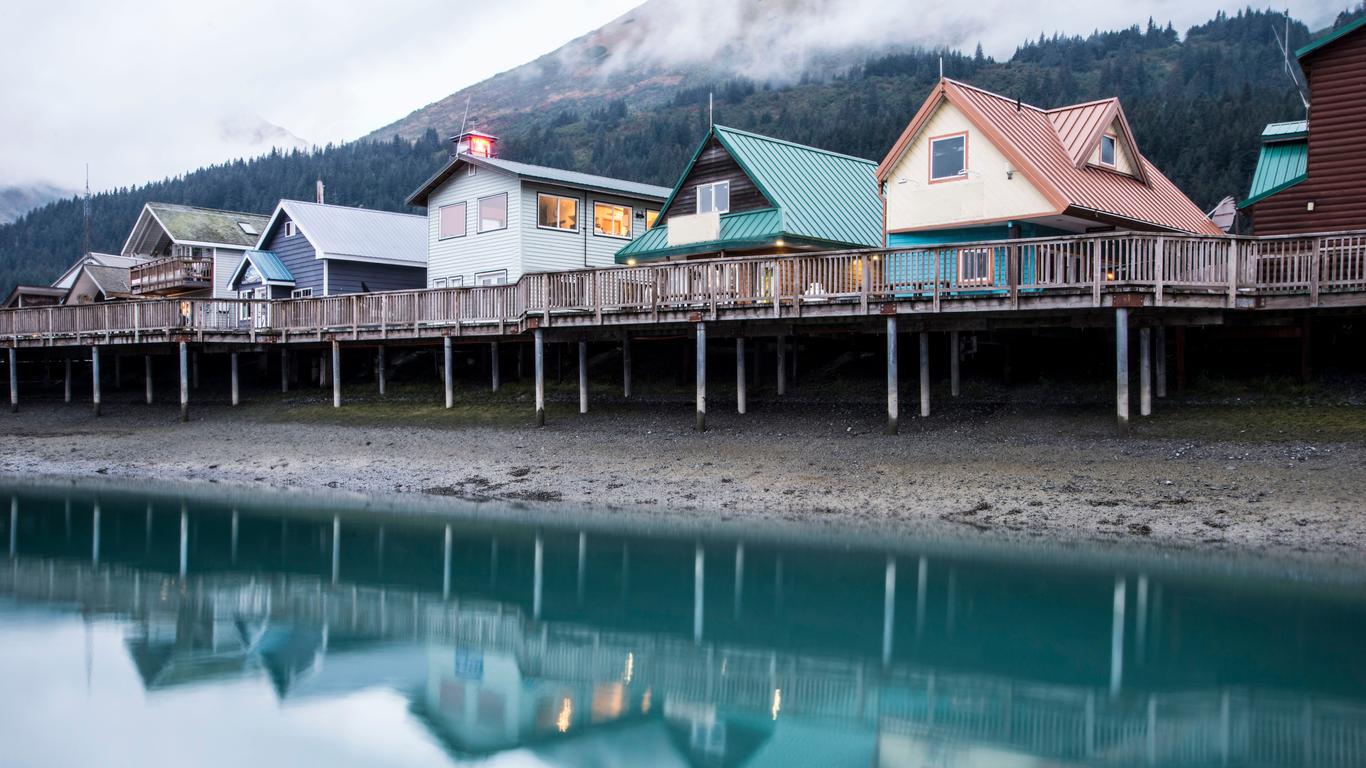The nomadic lifestyle is back on trend. These days, it seems like more and more people are making the decision to sell their personal items and take their lives on the road. Whether you’re choosing to transition into full-time life on the road in a Sprinter van or you’re restoring a vintage Volkswagen van to drive cross country once a year, here are all the basics you’ll need to know about living in a van!
Table of Contents
Get Familiar with the Average Costs
Life on the road varies when it comes to expenses. While the average cost to live a nomadic lifestyle, especially in a van, can run you from $500 to $1,000 a month, it’s important to remember that there are lots of things that will impact your costs. One big example is the cost of your van. For newer vans, or more customized vans, you’re typically looking at prices around $37,500 to $60,000. Learning ways to save money becomes essential when you’re living on the road. Having a bigger down payment on your van can curb a lot of those costs. Making choices like selling your diamond engagement ring and opting for a more cost-efficient silicone ring or selling your current clothes to minimize your closet are just a couple of examples of ways you can curb costs.
Other costs you’ll want to consider are gas, van maintenance, insurance, hotspot expenses and even money for eating out or buying groceries. Health expenses and purchasing national park passes and postcards are other expenses that might not seem like a huge hit right at first, but they’ll add up later on.
Decide on Necessities
Figuring out what’s essential to everyday life is an important part of living in a van. You’ll want to decide early on what you consider necessities. Are there specific appliances you need to have with you? Do you plan on doing a lot of off-roading? Considering these necessities is essential to your van life plan. One of the worst things would be getting started on your van life only to realize that you don’t have what you need. Some people like to make lists, which can go a long way in helping you identify all the things you’ll want to have with you on your travels.

Sometimes, it can be essential to map out a general timeline of your explorations as you plan for necessities. Getting a feel for what areas tend to offer the most amenities or campsites with things you might like to have (showers, private toilets, etc) can give you a clue on all the things you’ll need to bring with you. There’s nothing worse than trying to load a national parks’ website at a gas station in the middle of nowhere just to find out their free campsite doesn’t offer running water.
Don’t Forget the Pets
Do you have a furry friend living with you? If you’re thinking of van life, you should remember to include your pets in your plans. Talk with their vet about whether or not your pet is suited to van life. Some pets, especially cats, might not like riding in the van with you. Others will love the freedom to move about and get to explore new parts of the world with you. Either way, you’ll want to include all the things you’ll need for them on your packing list. Litter pans, toys, extra food and enough medications are all things you’ll want to consider as you plan for your van life. Avoid boarding your pet for an extended period of time — you have your pet because they’re part of your family. If they won’t be able to make the adventure with you, then you should reconsider opting for van life.
Think Smarter, Not Harder
As you plan for your new lifestyle, focus on unique and innovative solutions to everyday problems and tasks. The goal is to think smarter, not harder. Find ways to incorporate storage and space-saving solutions in your van. Multi-purpose seating arrangements that can double as foundations for your bedding are another way you can think smarter and not harder with your van life. Plan out your daily van chores, and install efficiency systems that help to keep your van life organized through your travels.
Other things you can do include installing outlets that feature both regular plug-ins and USB ports for charging and using a handy ring size chart to ensure all your jewelry is sized accurately so you don’t lose them. Keeping time- and space-saving initiatives in mind as you get started on your van life will only make things easier as you transition into your new lifestyle.

Keep Friends and Family in the Loop
We’ve all heard the horror stories of people traveling alone who get into some type of accident and are severely hurt or, unfortunately, pass away because no one knew where they were or what they were doing. With so many advances in technology in recent years, these incidents have definitely decreased, but it’s still always a good idea to keep friends and family updated on where you’re headed and where you just left from.
This is especially true because there are many parts of the U.S. that still don’t have good cellphone coverage. These areas, commonly known as dead zones, can drain your cellphone battery as it roams for a signal, cause your weekly phone call with your mom to drop or even make your YouTube videos buffer. Any way you look at it, cellphone dead zones are definitely something to consider as you embark on your new lifestyle. Finding ways to keep your friends and family in the loop will only serve to make your new journey easier for you, your friends and your family. Deciding to embark on the van life is a major life change. For many, it can seem overwhelming. These are a few ways you can work to reduce concerns and anxieties over your new lifestyle.




